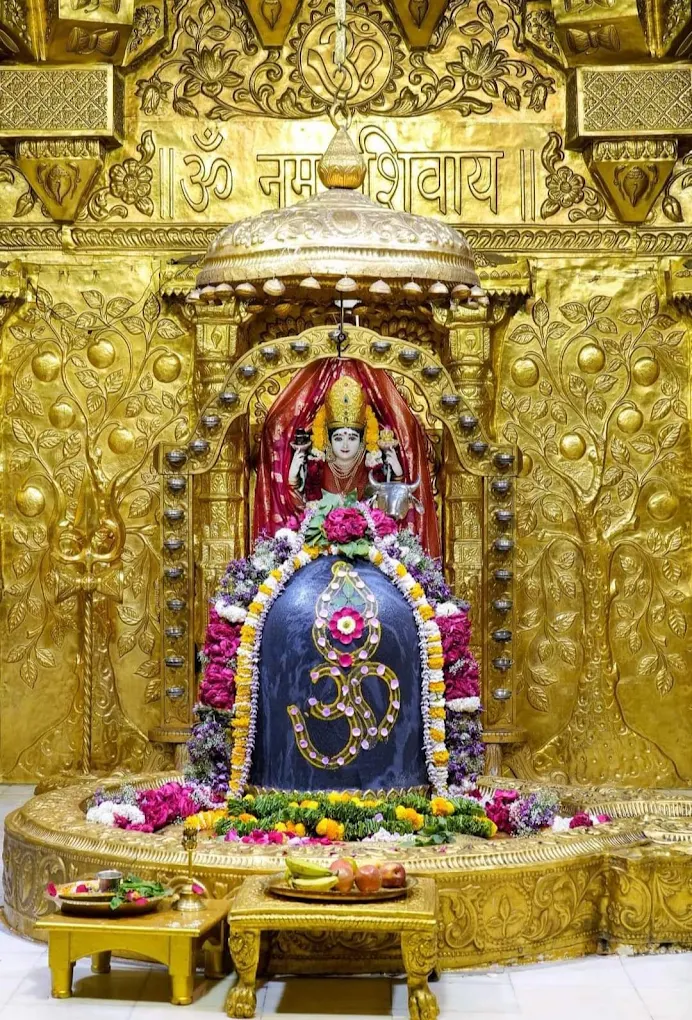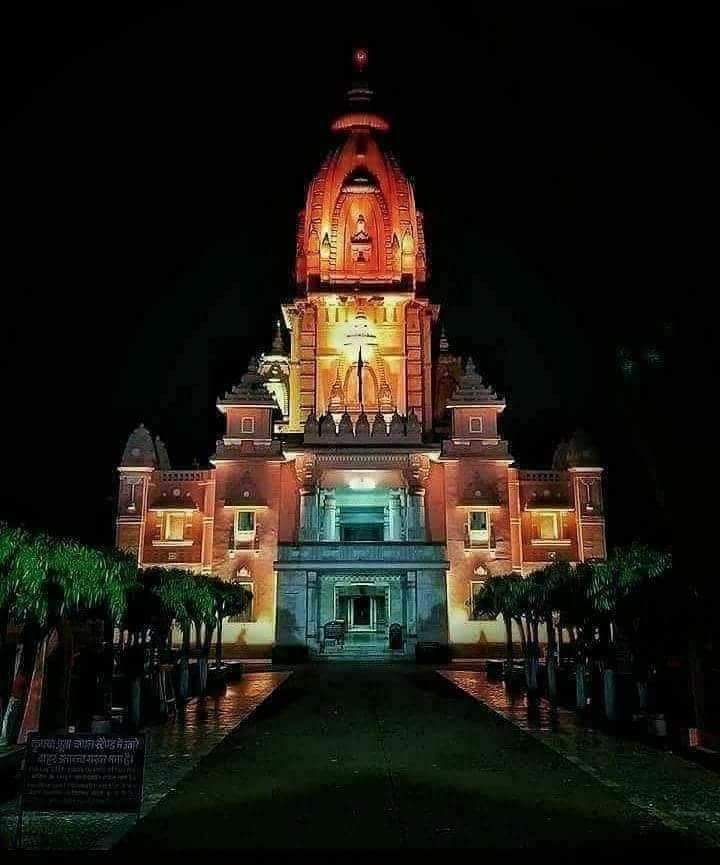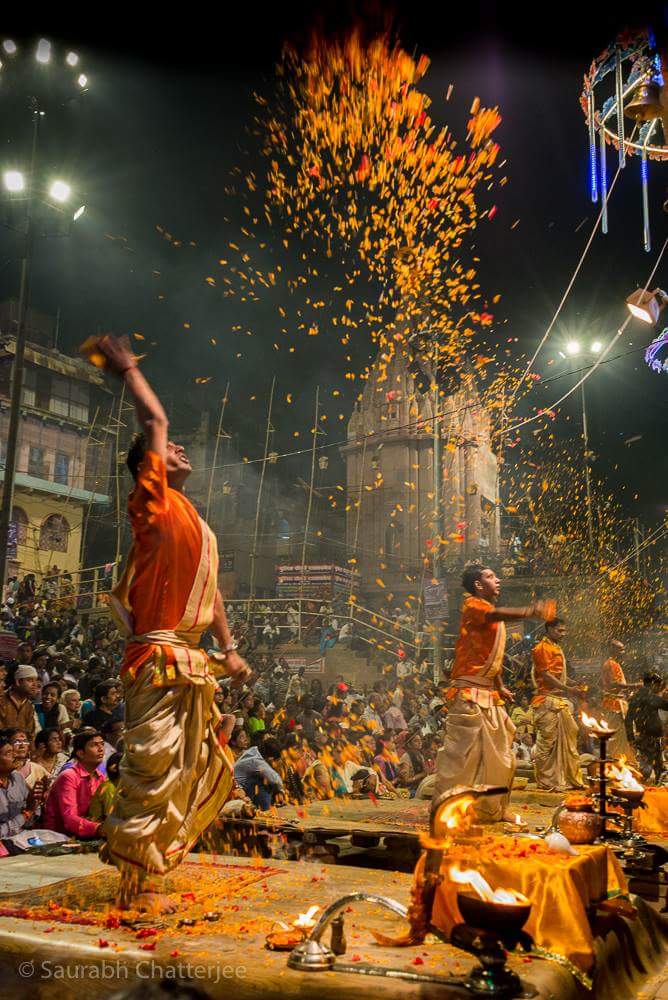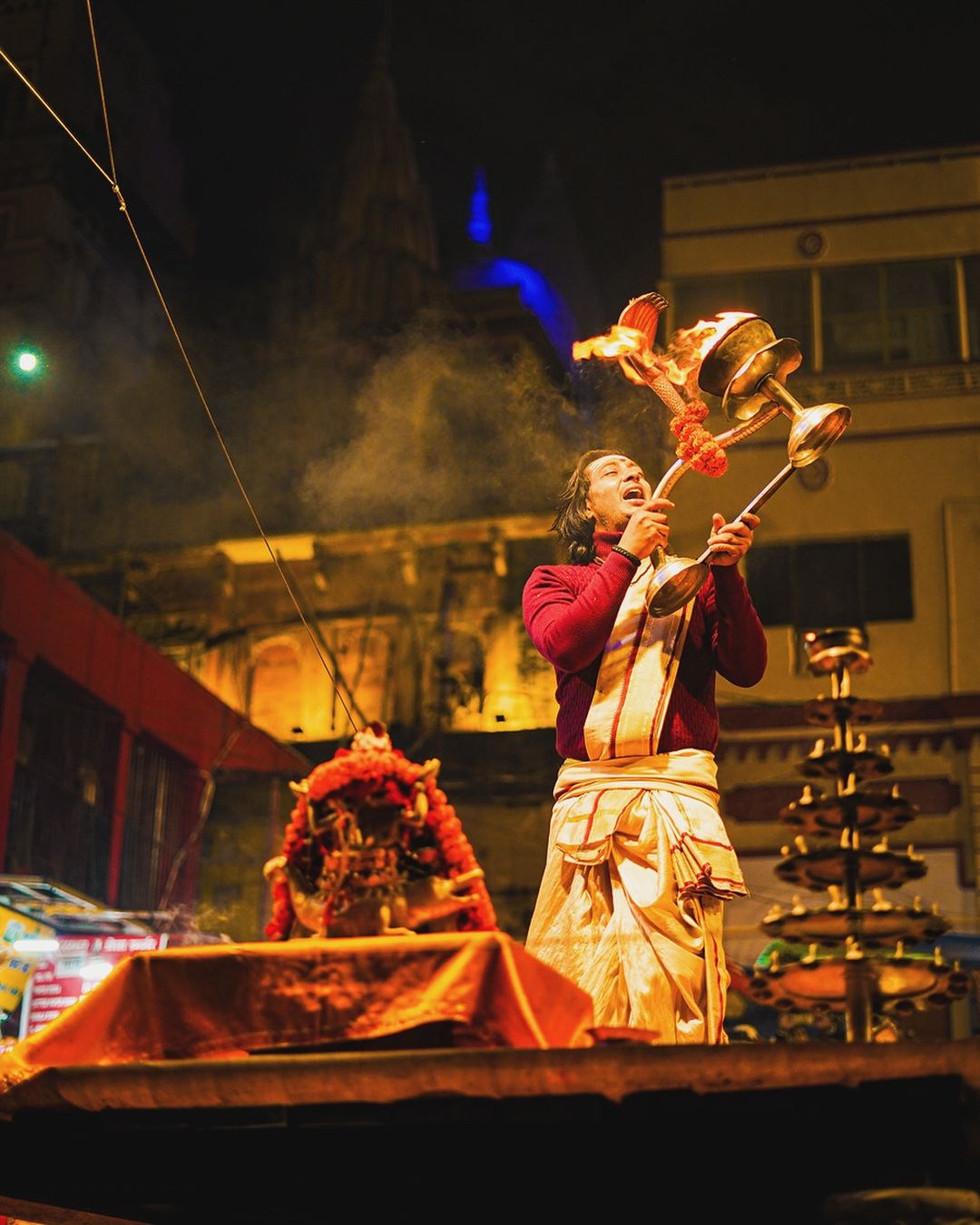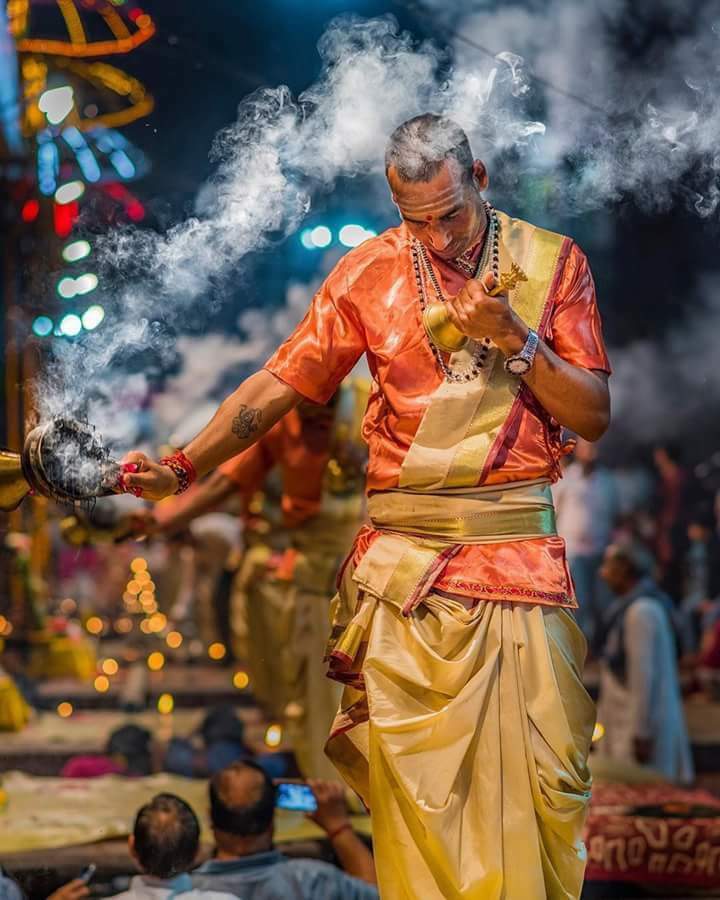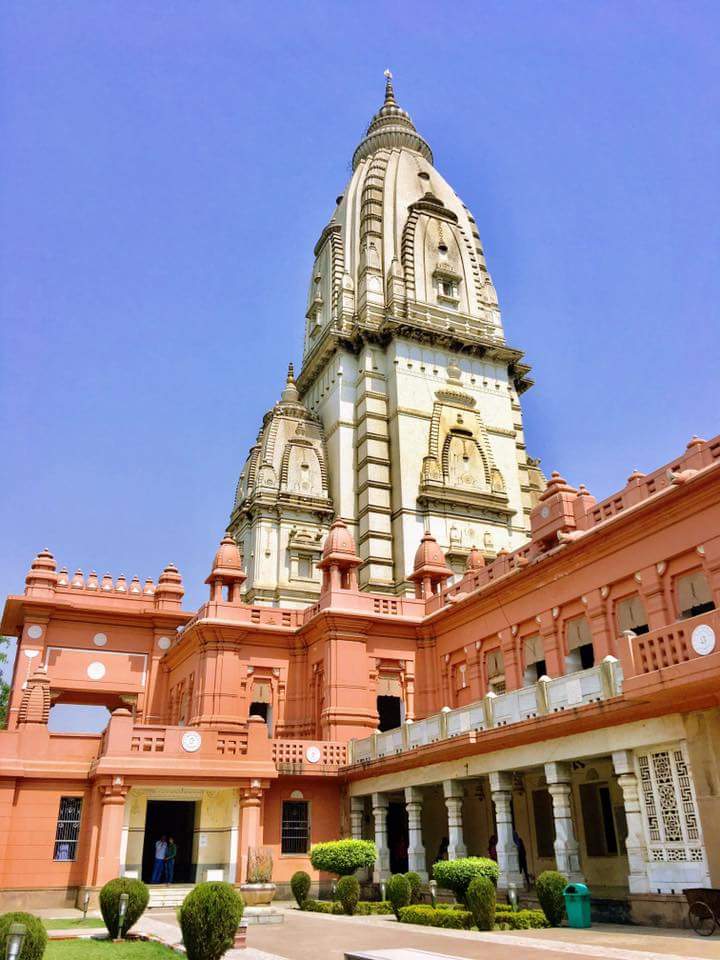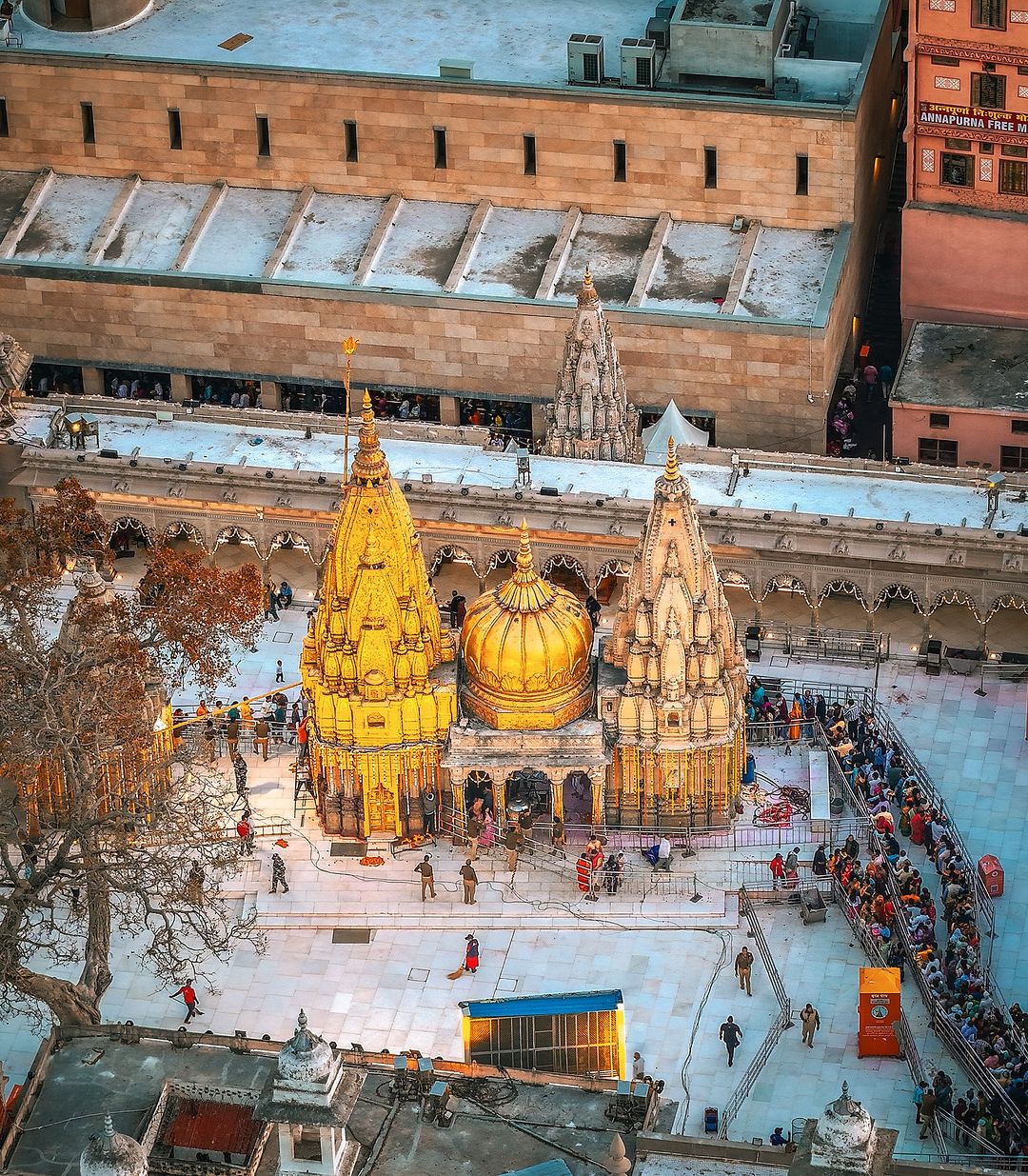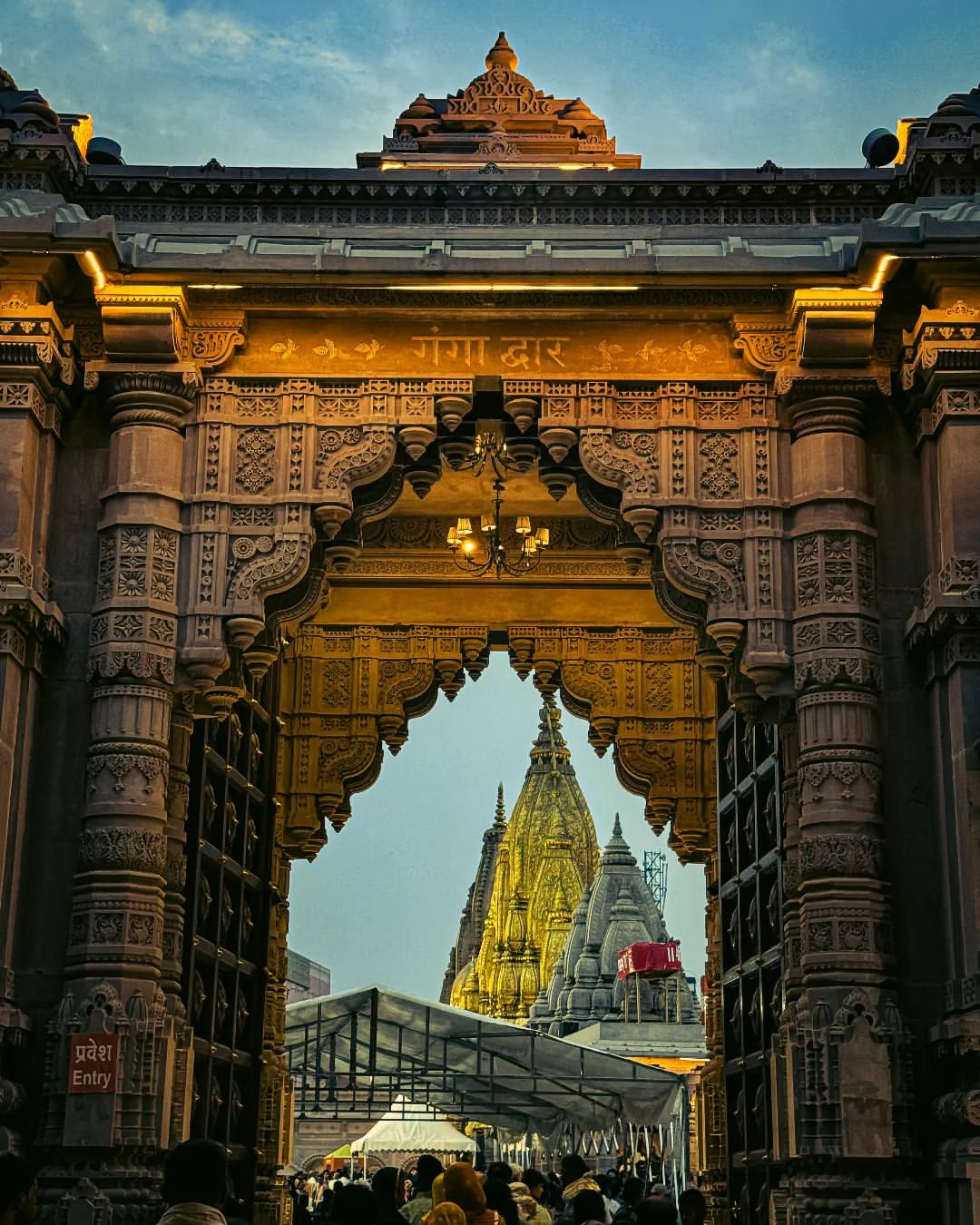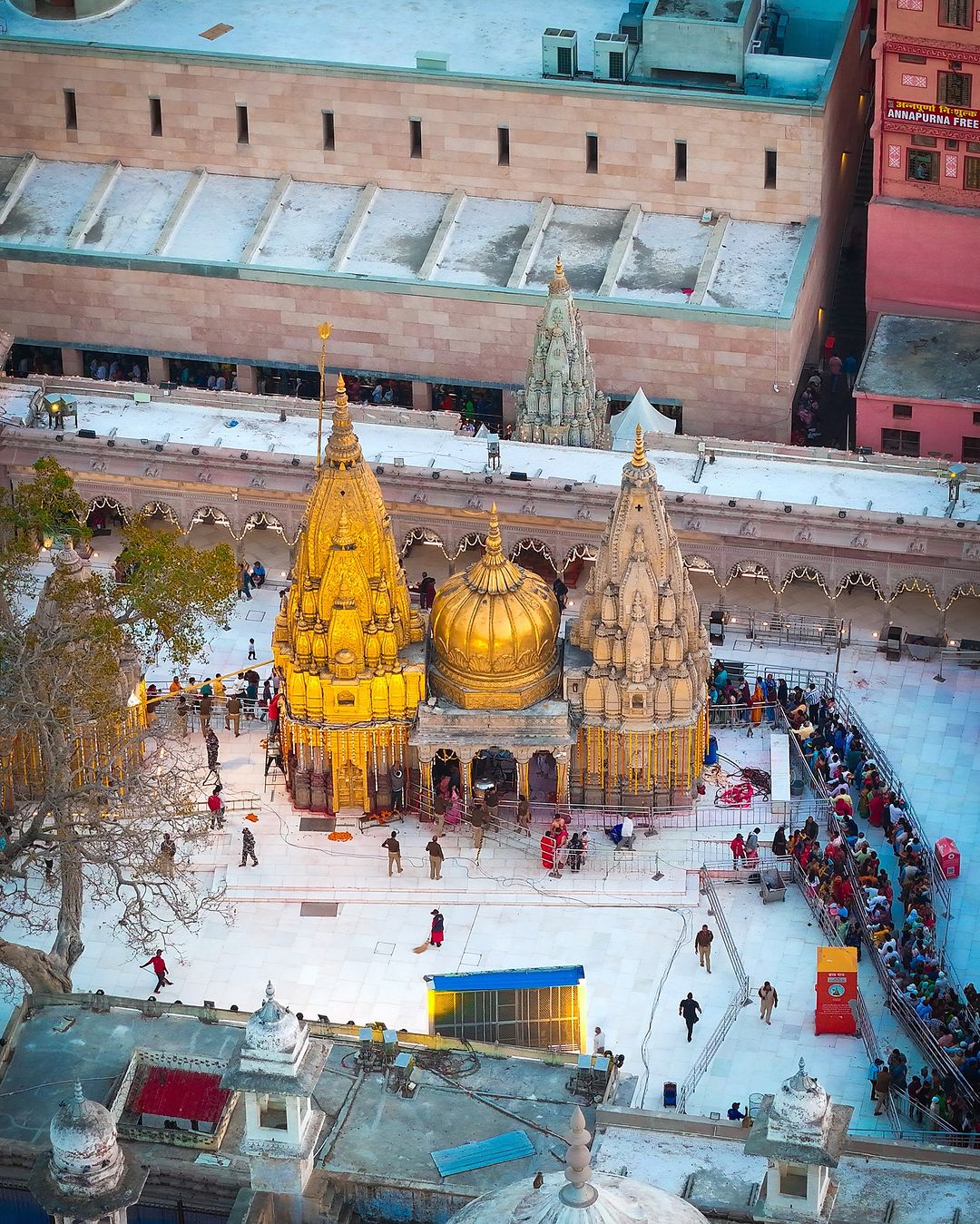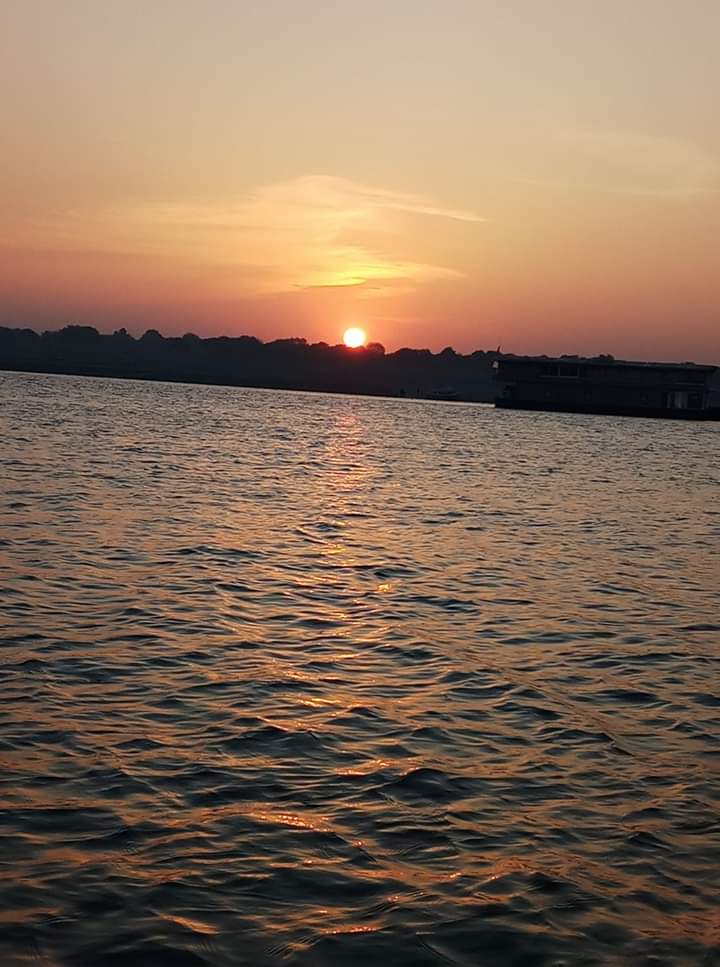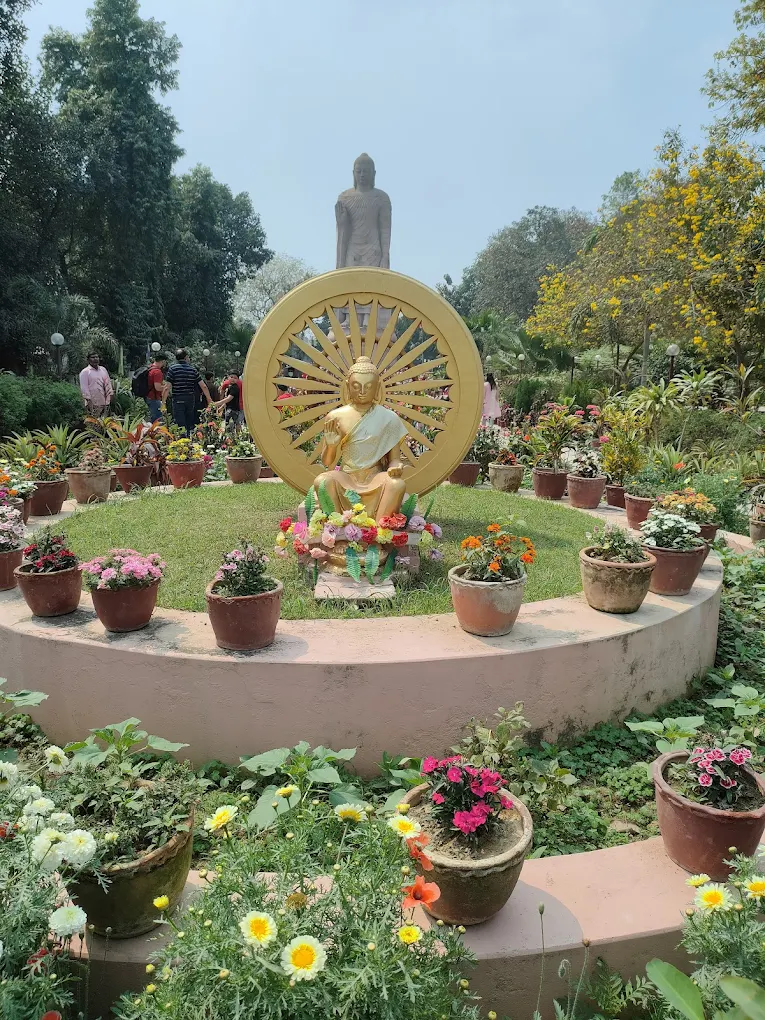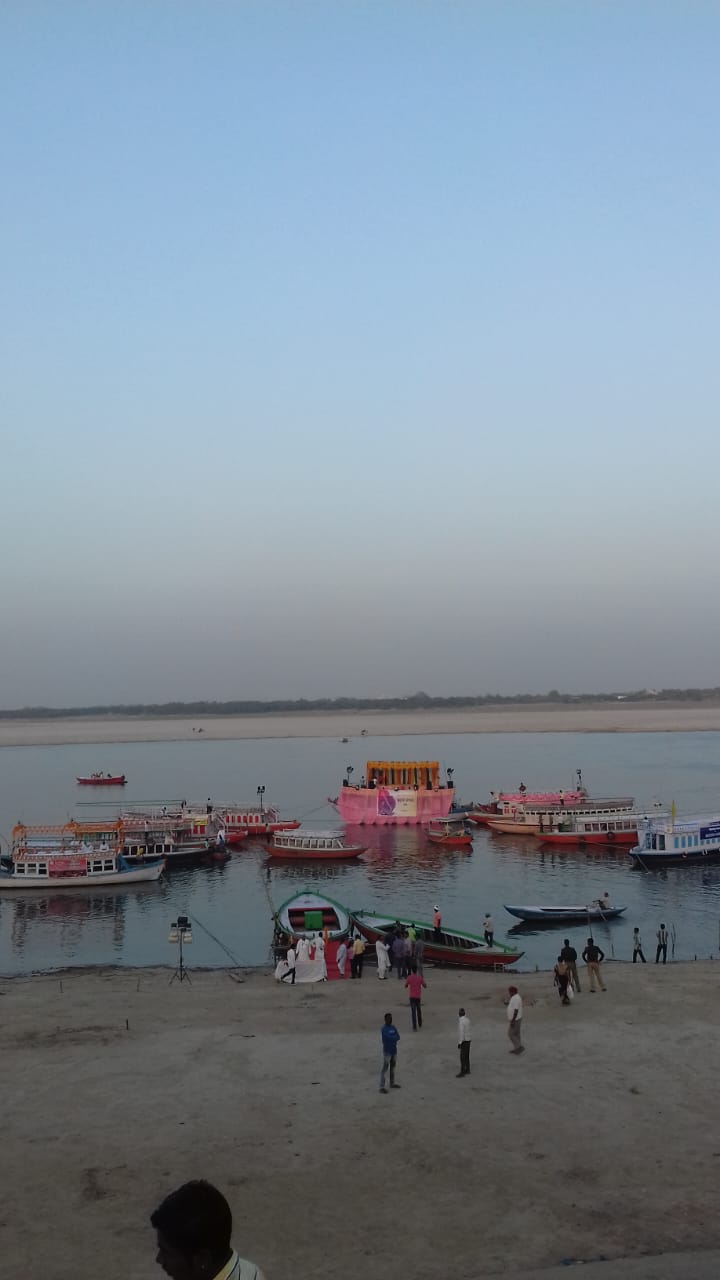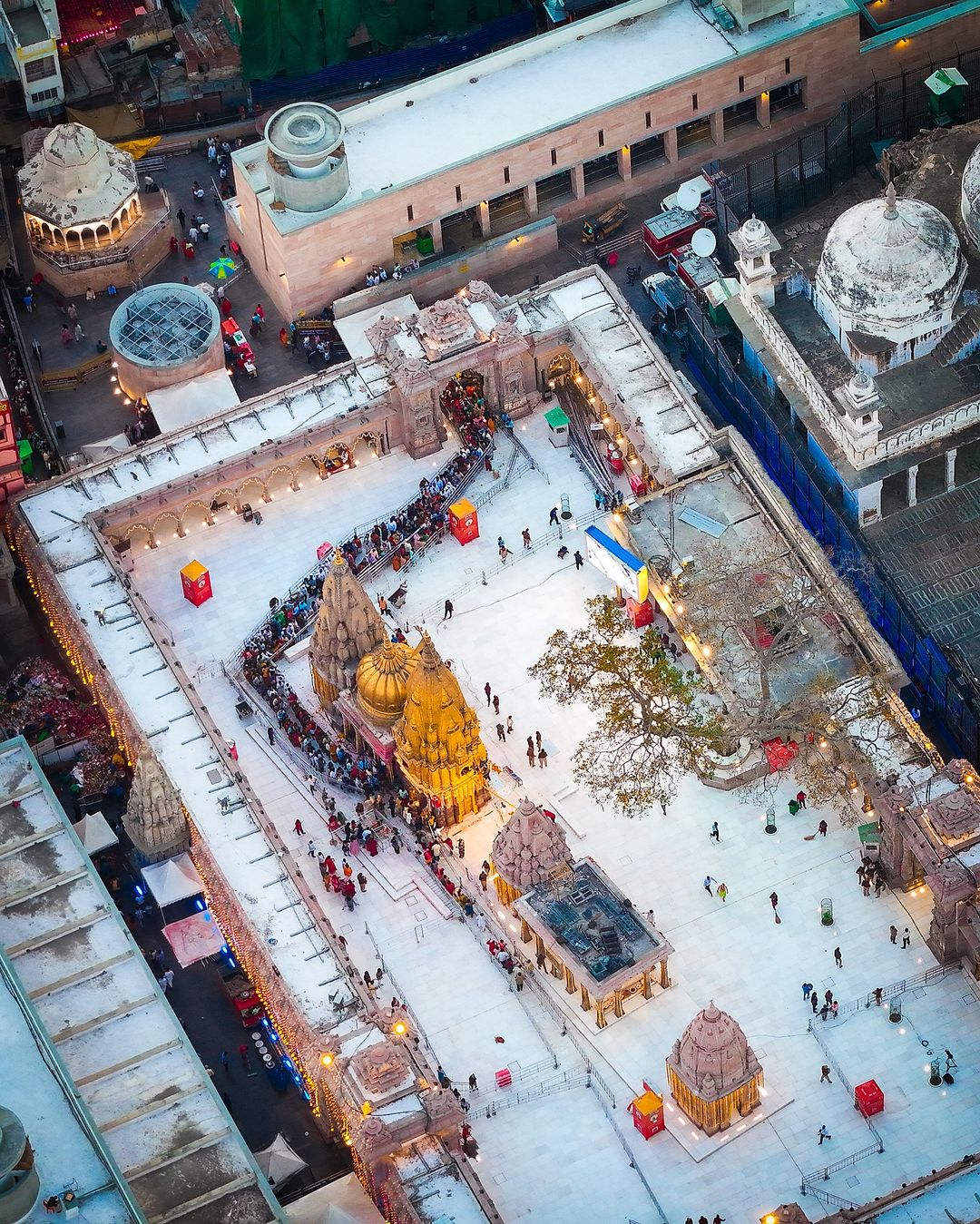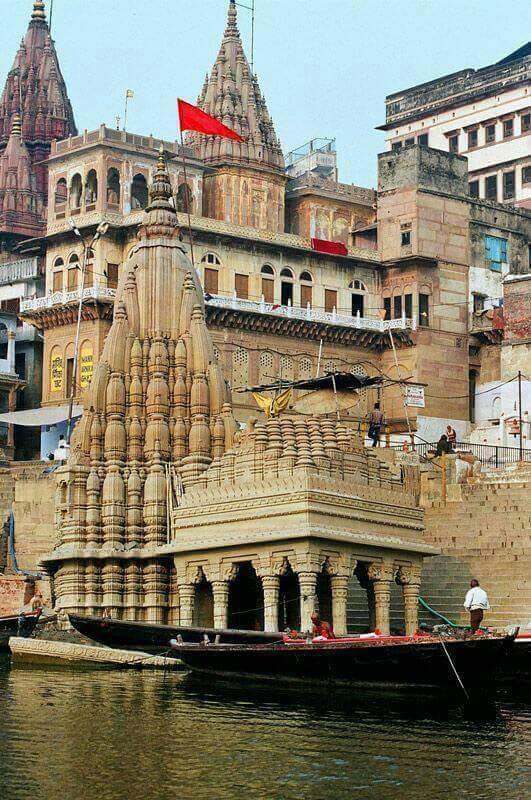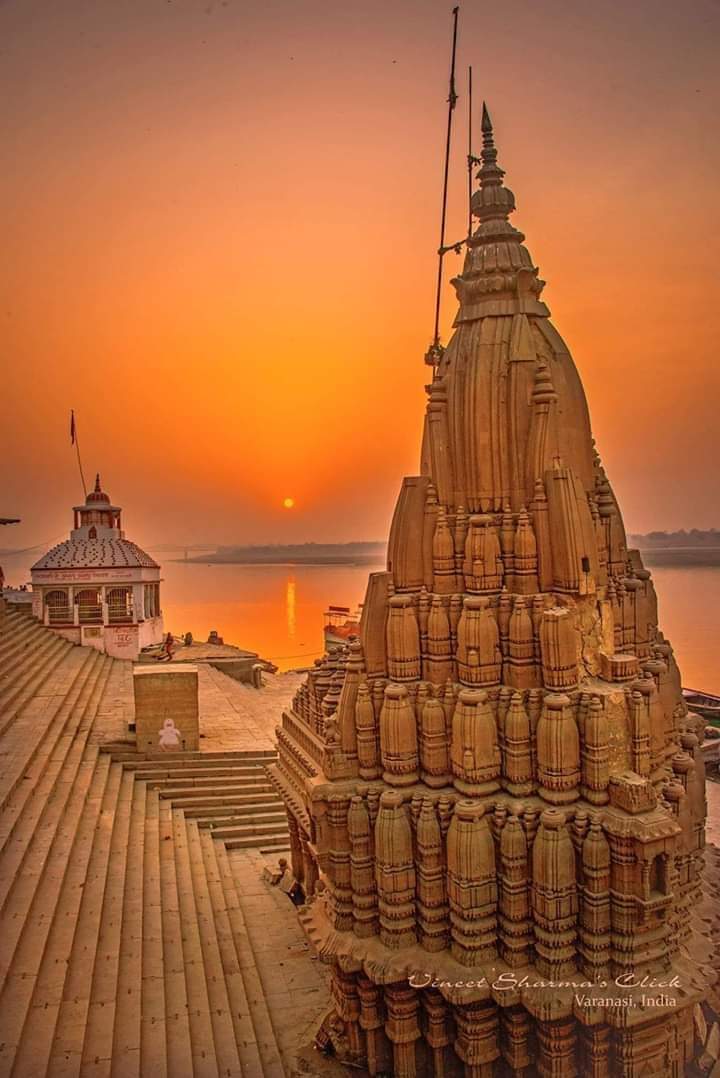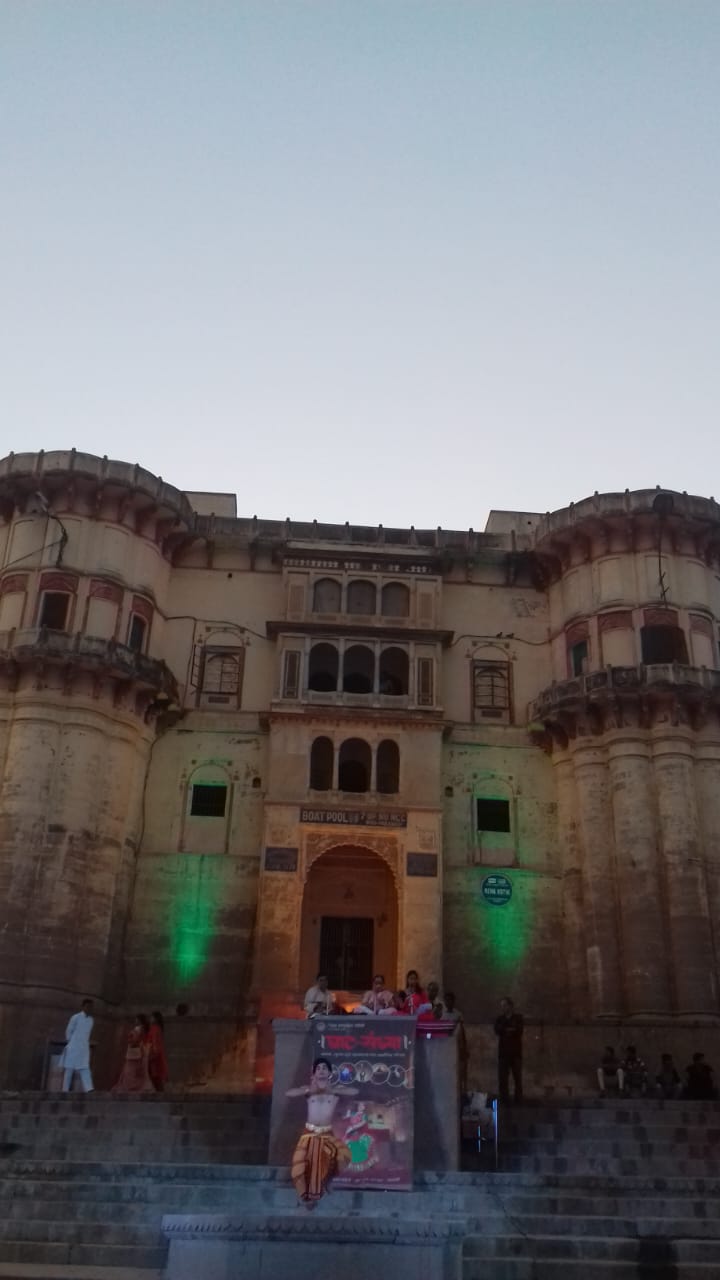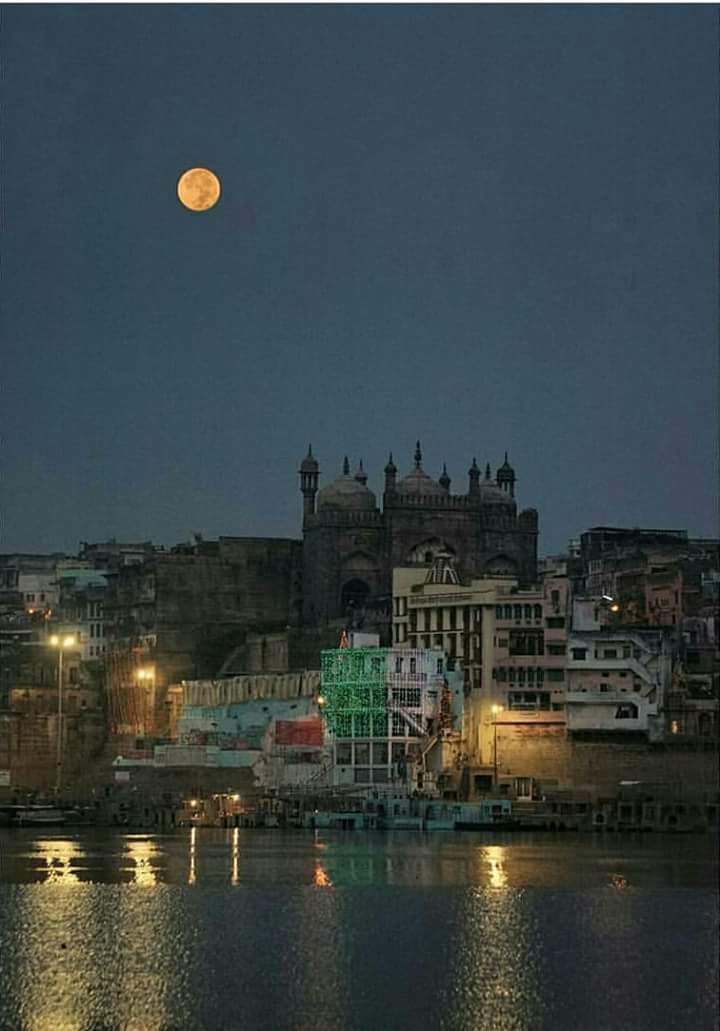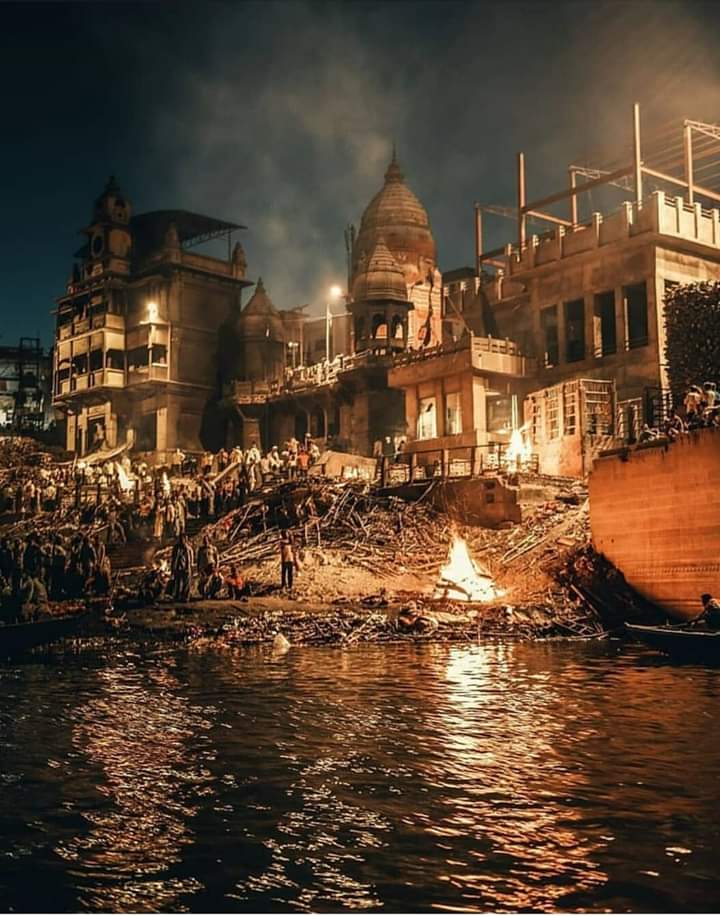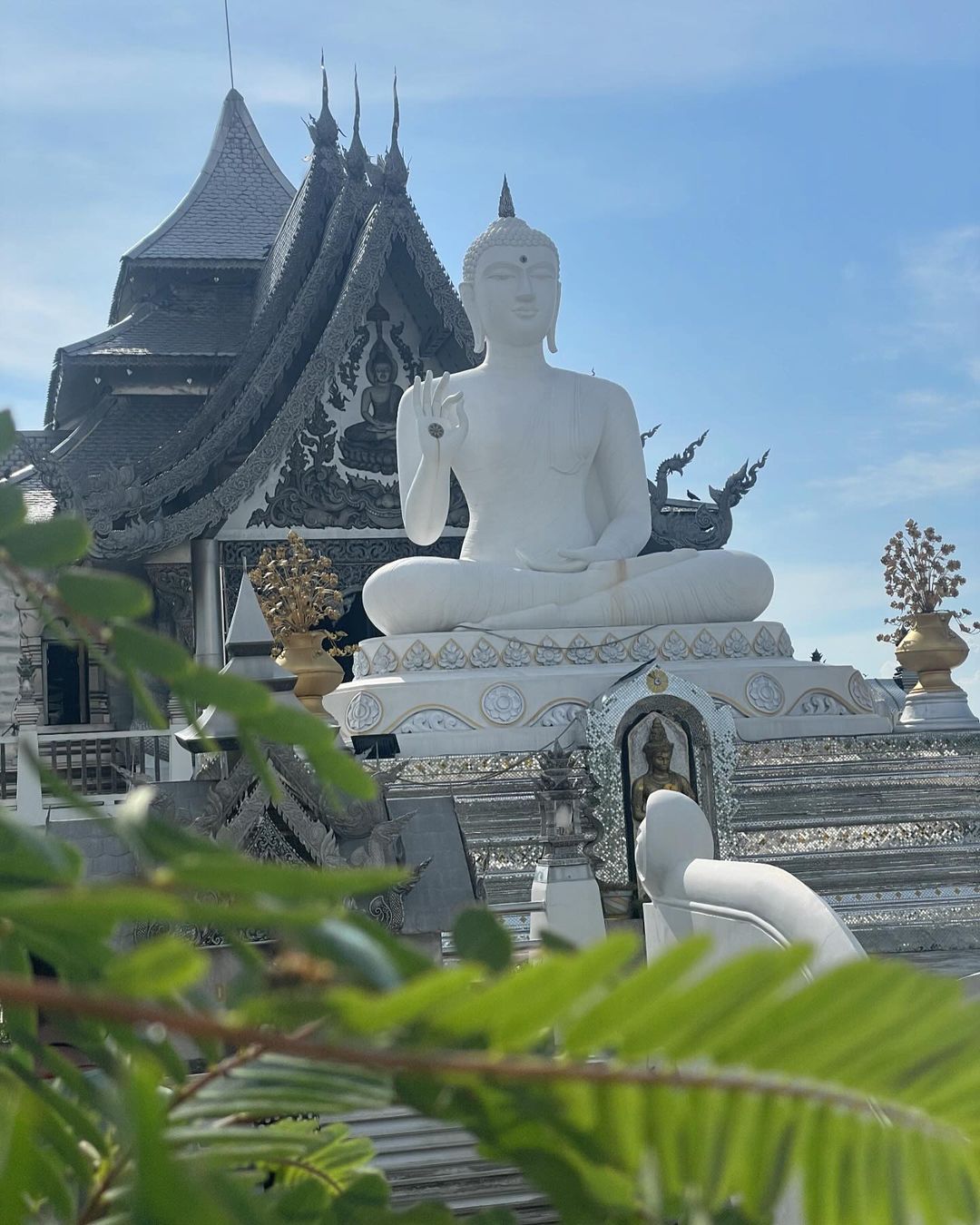
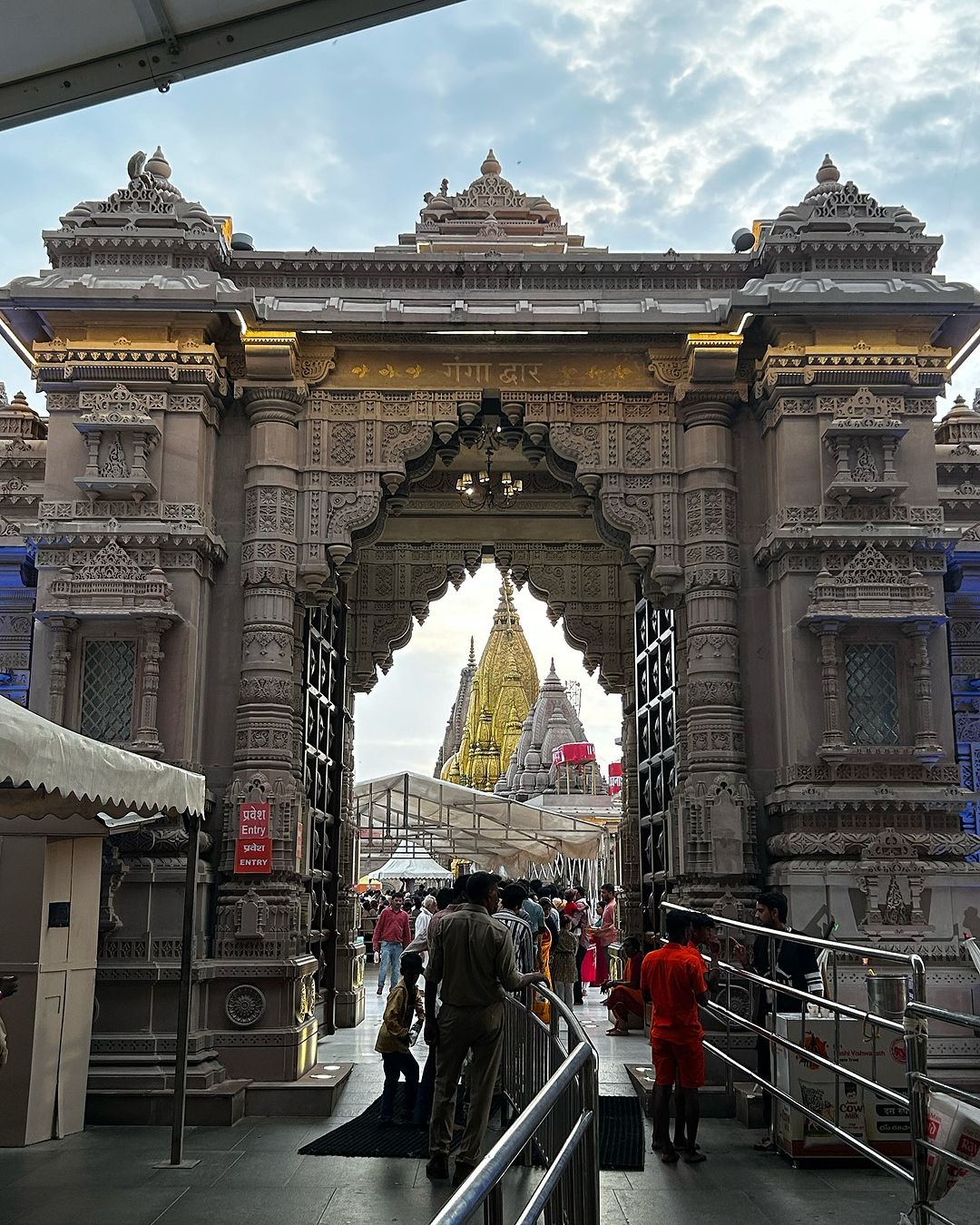
The land of Varanasi (Kashi) has been the ultimate pilgrimage spot for Hindus for ages. Hindus believe that one who is graced to die on the land of Varanasi would attain salvation and freedom from the cycle of birth and re-birth. Abode of Lord Shiva and Parvati, the origins of Varanasi are yet unknown.
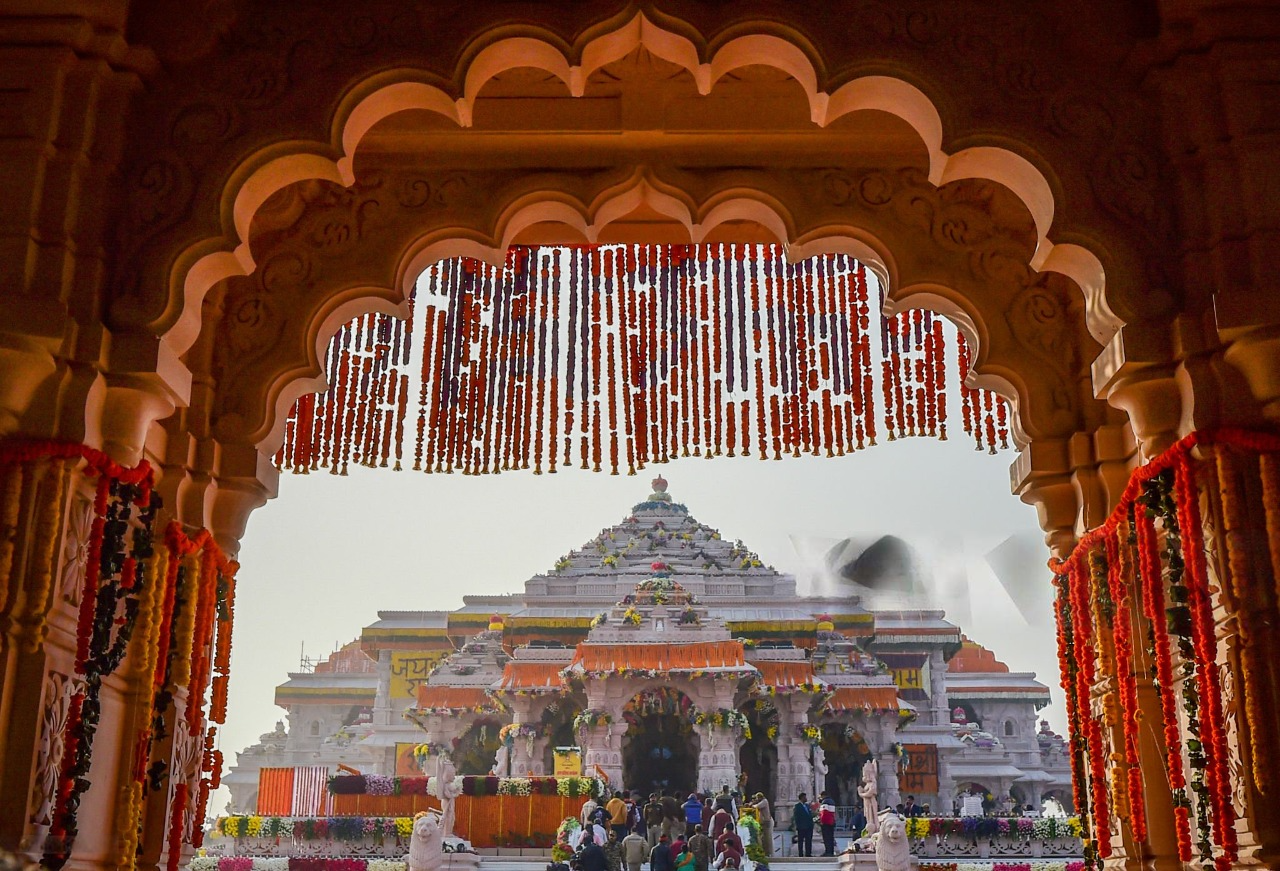
Ayodhya was stated to be the capital of the ancient Kosala kingdom in the Ramayana. Hence it was also referred to as "Kosala". The Adi Purana states that Ayodhya is famous as su-kośala "because of its prosperity and good skill". The cities of Ayodhya (Thailand), and Yogyakarta (Indonesia), are named after Ayodhya.
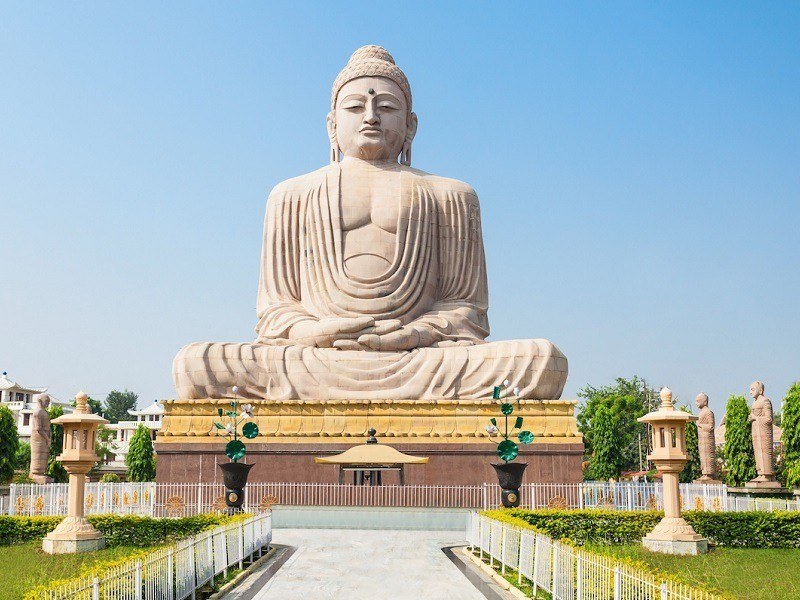
Bodh Gayā is a religious site and place of pilgrimage associated with the Mahabodhi Temple complex, situated in the Gaya district in the Indian state of Bihar. It is famous for being the place where Gautama Buddha is said to have attained enlightenment (Pali: bodhi) under what became known as the Bodhi Tree.
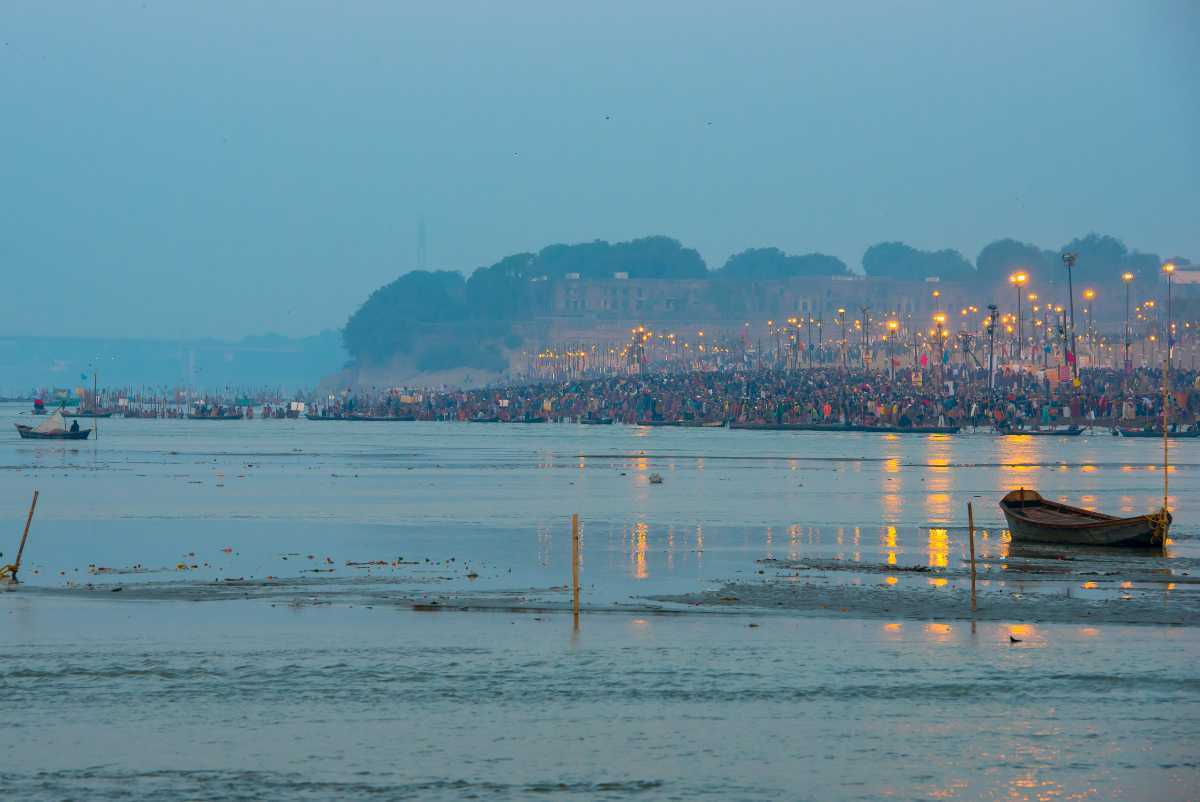
The city of Prayagraj is among the largest cities of Uttar Pradesh and situated at the confluence of three rivers- Ganga, Yamuna and the invisible Saraswati. The meeting point is known as Triveni and is especially sacred to Hindus. The earlier settlements of the Aryans were established in this city, then known as Prayag..
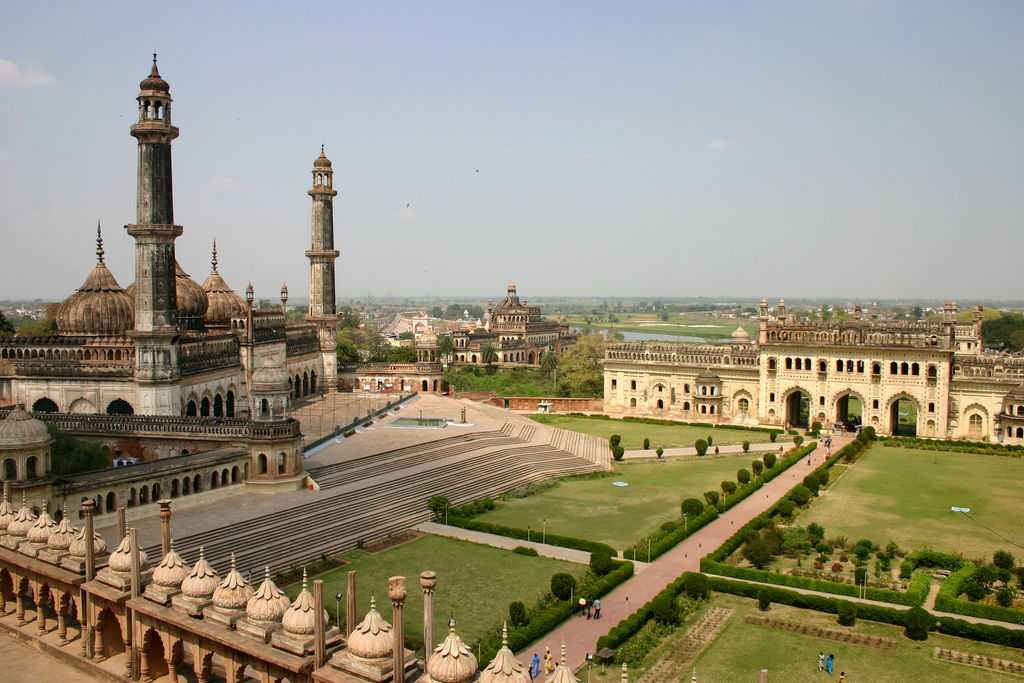
The name of Lucknow city can be traced back to the epic 'Ramayana'. When Lord Rama returned to Ayodhya, after 14 years of exile he gifted this place to his younger brother Lakshman, who is believed to have stayed in Lakshman Teela, a high ground on the banks of the river Gomti.
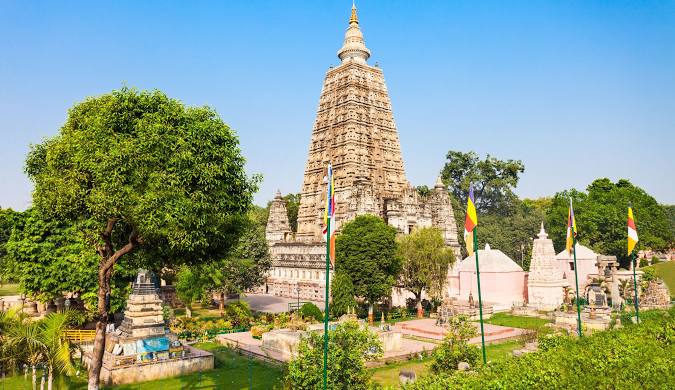
Gaya is a holy city beside the Falgu River, in the northeast Indian state of Bihar. It’s known for 18th-century Vishnupad Mandir, a riverside temple with an octagonal shrine. Close by, ancient Mangla Gauri Temple is set on a hilltop. To the north, Hindu devotees bath in a Brahma Kund pond before honoring their deceased ancestors atop Pretshila Hill.
